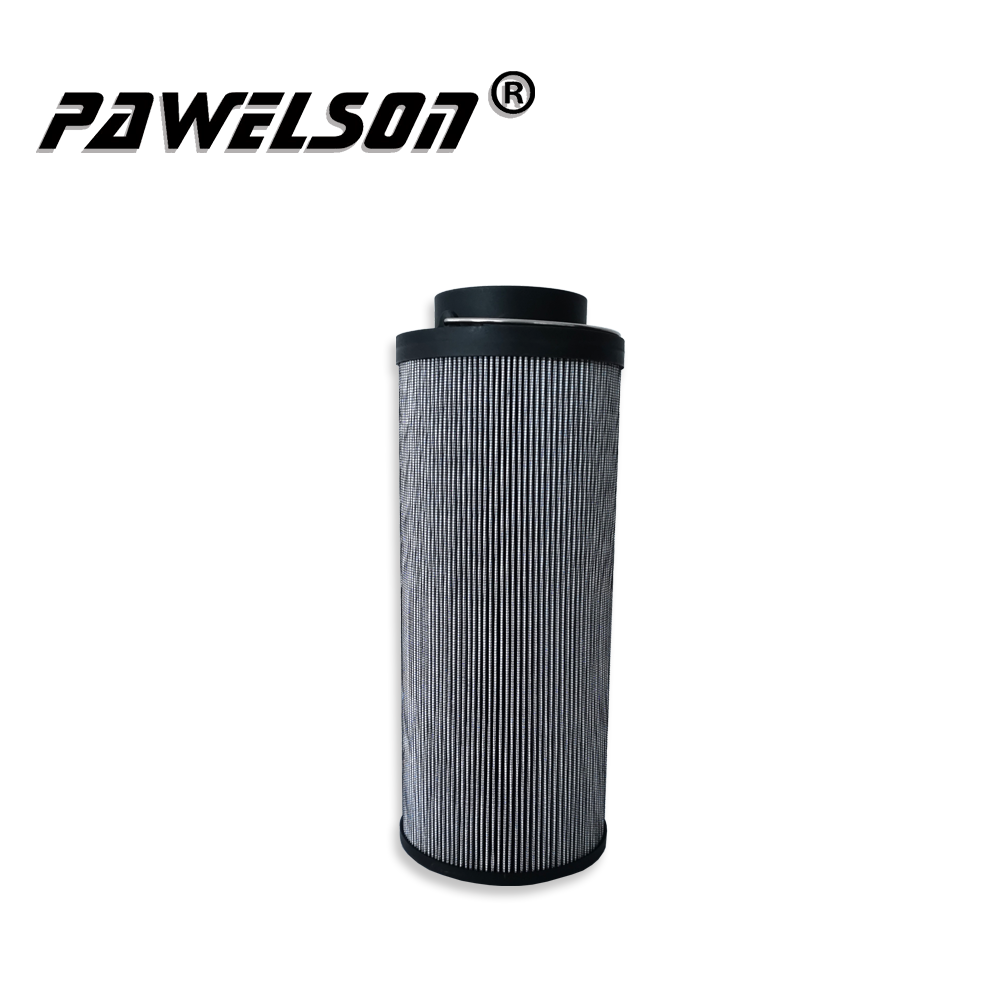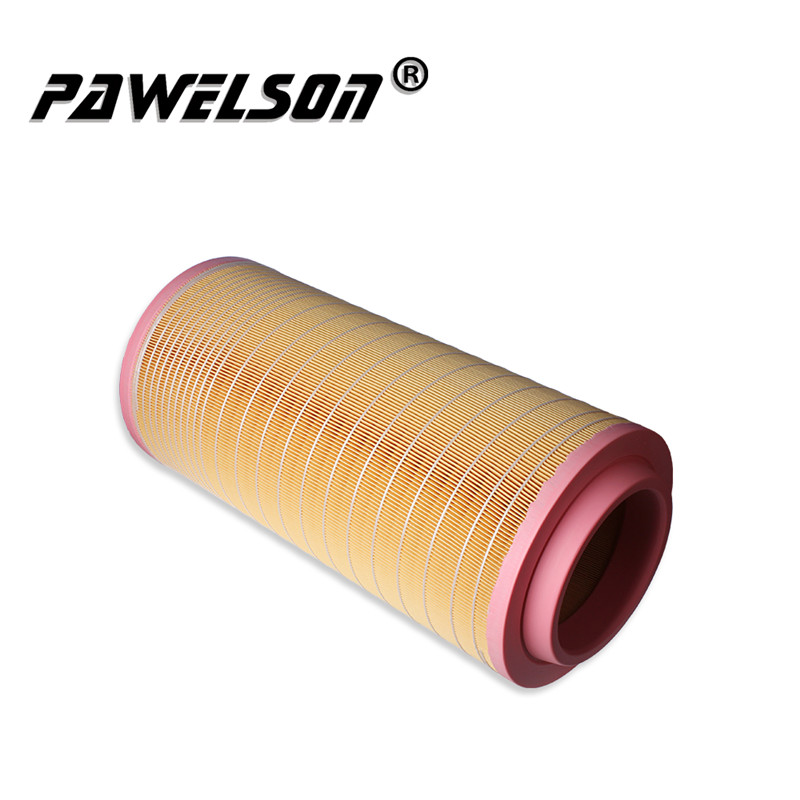© 2024 Power Automedia. All rights reserved.
When considering modern performance Ford vehicles, the natural choices that come to mind often revolve around the Mustang or F-150. Ford has simplified this by primarily only offering these two options. However, there are a few outliers, and one of the latest models still carrying the ST trim level name is the Explorer. In contrast to earlier Explorers, the newest iteration emphasizes EcoBoost technology for performance, featuring a 3.0-liter twin-turbo engine delivering 400 horsepower to all four wheels. This combination results in a thrilling vehicle that can be surprisingly impressive on both the street and the track with room for up to seven people. Japan Air Filter

The Ford Explorer isn’t without its flaws, with production models featuring undersized intercoolers and an exhaust system that could benefit from larger diameter downpipes and cat-back section, one notable and easily replaceable component is the air intake system. Opting for an upgrade, we chose to replace the clunky stock air box and paper element filter with the aFe POWER Momentum GT cold air intake system.
The Advanced FLOW Engineering (aFe POWER) Momentum GT cold air intake system serves as a comprehensive replacement for the factory air box, paper element filter, and the intake piping. Upon initial inspection, it becomes evident that the Momentum GT airbox is considerably larger than the OE unit, incorporating two 6-inch cone filters internally, significantly expanding the air filter intake surface area. According to aFe POWER, these filters produce an increase in airflow, rising from the stock 295 cfm to 375 — an impressive leap, but expected with more free-flowing filters.
The airbox constitutes only one of the two components in the kit, the other being the intake piping responsible for channeling air from the intake box to the turbos. While the OE design is functional, it is tailored to meet the performance levels offered from the factory. In the realm of turbo setups, the mantra holds true: more air translates to enhanced performance. Moreover, if your intention is to push the performance boundaries of your Explorer ST further, the air intake system becomes the first step for achieving that goal. The Momentum GT intake piping distinguishes itself by not only being larger than the Ford units but also featuring smoother bends, facilitating improved airflow while still conforming to the constraints of the Explorer’s engine bay.
Despite the kit comprising just an airbox, two cone filters, and a pair of intake piping with included hardware, the installation process took us approximately an hour. It’s worth noting that someone with prior installation experience or a seasoned mechanic who values time as currency could likely complete the task more swiftly. Personally, I find solace in the act of wrenching, even if it occasionally results in loud noises and a few impolite choice words echoing from my garage. Armed with basic tools and some reading comprehension, completing the installation of the kit is not a daunting task and can be accomplished independently. I won’t bore you by rewriting the instruction manual, but there are a few tidbits that might catch you off guard.
To start, if there’s someone nearby with smaller hands, ask for their help in removing the intake piping from the turbocharger units. The limited space between the strut towers and turbos, combined with the depth of the turbos within the engine bay, can make this task a bit challenging. When installing, always attach the coupler on the turbo side first. Additionally, there’s a bypass valve hose connected to the driver’s side intake at the bottom. We recommend using needle-nose pliers to remove the clamp and replacing it with a worm-gear style for easy reinstallation.
While not as challenging as installing headers on a Shelby GT500, removing that little clamp at the bottom still presented some unenjoyable wrist-contorting maneuvers.
Next up was installing the rubber grommets and plastic fittings designed to facilitate the retrofitting of the intake air temperature (IAT) sensor, intercooler, and evaporative emission control system (EVAP) connectors onto the aFe POWER intake tubes. When dealing with the IAT, our preferred method was to begin by installing the rubber grommet, followed by the plastic replacement fitting with a small amount of lubricant on the outer barrel, before inserting the sensor. This approach enabled us to internally reposition the sensor to the correct orientation. The EVAP fitting had a distinct design. In this scenario, we paired the aFe POWER-supplied connector with the rubber grommet, before placing it onto the Power tubes and using a dull edge to finish the job.
Positioning the IAT is critical to keep the ECU happy with the data it receives. We used a little lubricant on the fitting to allow it to rotate in the rubber grommet.
Now, let’s delve into what most enthusiasts are likely eager to discover: performance gains. According to aFe POWER, the intake system alone yields a remarkable 15 horsepower increase, and this is achieved without the need for a tune. Regrettably, we lacked access to an AWD dyno for conducting pulls to measure the stock power of the Explorer ST and its performance post-cold air intake installation. Instead of relying solely on dyno sheets and the pissing contest of horsepower numbers, we opted for real-world testing, specifically feel and quantifiable 30-60 mph pulls on a “closed course.”
Comparing our initial drive to the experience post-installation, the mid-size sport utility felt notably more responsive, boasting a broader power band, particularly in the upper RPM range. While we acknowledge that the “butt dyno” is often considered subjective and challenging to quantify, the visceral thrill of driving is universally appreciated, and anything enhancing that sensation is welcomed. Nevertheless, to substantiate our impressions, we opted to employ a Dragy for a more objective assessment of potential placebo effects versus actual performance gains. We observed a 30-60 mph time of 3.63 seconds, as opposed to the original factory stock run, which hovered around the 3.75 mark. Admittedly, various variables may influence the variance between the two runs, but the overall improvement in both feel and Dragy-recorded times left us pleased with the upgrade.
By now, you’ve likely spotted the price tag hovering just above the $500 mark online, and you might be caught in the analysis paralysis of assessing the cost per horsepower. Understandably so. However, it’s crucial to note that our testing was conducted a la carte, focusing solely on the intake system without any accompanying tune or supporting modifications. If you’re contemplating replacing the intake, chances are you’ve considered a few bolt-ons to enhance the performance in your Explorer ST. Why not initiate the process by eliminating the impending bottleneck in the intake air system, with the aFe POWER Momentum GT serving as the linchpin for improved performance?
Build your own custom newsletter with the content you love from FordMuscle, directly to your inbox, absolutely FREE!

Auto Air Filters © 2024 Power Automedia. All rights reserved.